Box Score: Why cover athletes matter
They may not define their games' identities the way they used to, but that doesn't mean they aren't vital to them

Box Score is a weekly column that offers a look at sports games and the athletic side of the industry from the perspective of veteran reviewer and sports fan Richard Grisham.
When the gauntlet was thrown, the sports world collectively said “whoa!” The announcement that Michael Jordan would grace the cover of NBA 2K11 was a statement – this would be no ordinary basketball game. 2K Sports was taking a massive risk; by investing a significant sum of money for the right to have His Airness front the game (in addition to the ultra-expensive NBA license), they needed NBA 2K11 to sell better than any basketball game before it. The stakes could not have been higher.
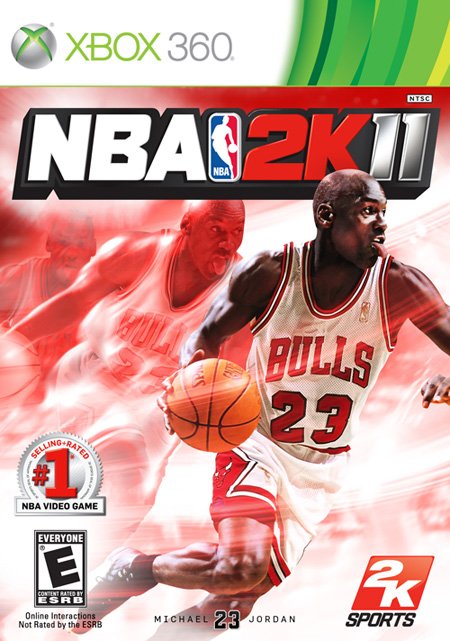
A sports video game’s cover athlete defines an attitude. From the earliest days of athlete-endorsed titles to today’s wildly popular fan contests to name the face of NCAA Football and Madden, the player that ultimately lands on the front is forever attached to it – for better or worse.
“In the era of the NES and Super NES, the cover athlete was the feature of the game,” recalls Ryan Lewis, co-host of the 4th String podcast. “You wanted to play as Ken Griffey Jr. in Ken Griffey Jr.'s baseball, because he was the best player. It was his game, and he was on the cover.”
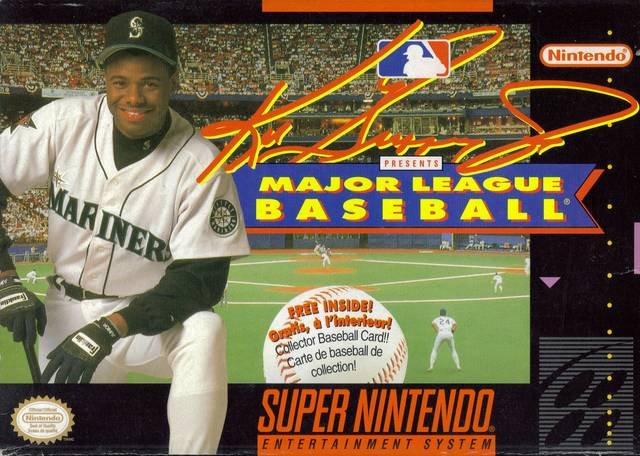
“With more modern games, the cover athlete seemed to not only be a marketing facade, but a feature to the game as well,” he continues. “In Madden 2005, they introduced the hit stick and they had ferocious-hitting Ray Lewis on the cover. It seemed like the gameplay dictated the cover athlete, but it still made the cover athlete more relevant to the actual game.”
Sports gamers hold special places in their hearts for their favorite titles, and the link to the man on the box provides an instant connection. EA’s long-lost and beloved MVP Baseball 05 has Manny Ramirez’s smirking mug; Randy Moss is running for the end zone in the seminal NFL 2K1; The Great One himself is planted on Wayne Gretzky hockey. These images are burned in our brains.
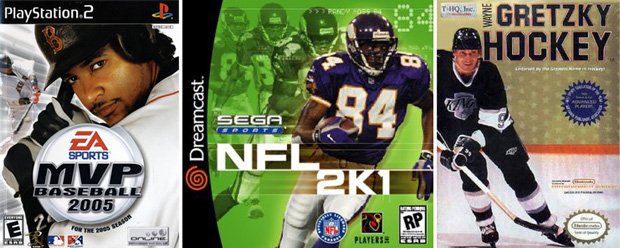
Conversely, tragically bad games have the same correlation. The debacle that was NBA Elite – cancelled a week before release due to a horrifically busted demo - was supposed to feature Kevin Durant, a young and powerful up-and-comer. Fast-forward two years, and Durant is an MVP candidate, but there’s no guarantee that EA will put him on their back-to-the-future NBA Live when it returns this fall. EA Sports is still feeling the sting of that and, despite Durant’s rise to the top of the league’s scoring rankings, may look to further distance themselves from anything that reminds them of that pain.
Weekly digests, tales from the communities you love, and more
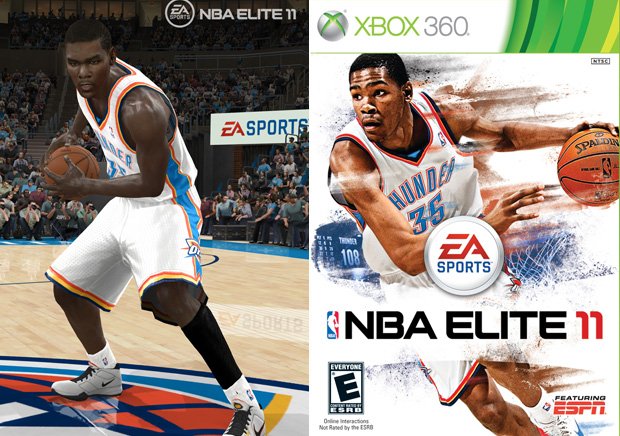
The playing field has been shrunken recently – NFL, NBA, and NHL games have had only one version for a couple of years now – but the competition for cover athletes in the same space can get downright frisky. The most recent example is EA’s FIFA coup to get Lionel Messi off the cover of its rival PES; the announcement that the world’s best soccer player had jumped ship from one franchise to another for the upcoming season sparked fierce debate in the virtual soccer community.
There’s little correlation with sales, though. The number of modern sports gamers who do – or don’t – purchase a big-time sports sim based on its cover is negligible. In a conversation with CNBC last year, David Riley of the NPD Group confirmed as much.
“What drives gamers to a particular title is that game’s review scores, gameplay, and feedback from peers,” Riley said to CNBC. “While cover art can certainly enhance appeal and awareness, it’s hard to fathom that a gamer would drop $60 based solely on what appears on the cover.”
That could change this year, though. Thanks to the soaring popularity of Tim Tebow, many think it’s a foregone conclusion he’ll be voted by the fans to represent Madden 13. But what will that say about the game – that its passing mechanics are clunky? That’s not the image EA wants to put out there. Meanwhile, the Jeremy Lin fireworks continue in the NBA, and the man who’s gone from a no-name to – literally – the world’s most popular basketball player in a month is all of a sudden a prime candidate for not one, but two NBA covers this fall. Let the bidding begin.
Popular games writer Kat Bailey brings up another interesting point. “I don't get to see my favorite teams in the spotlight very often, so I enjoy it on the rare occasion that it happens,” she says. “More importantly, I would keep those games for posterity, rather than selling them off after the year's done. Basically, they're rare collectibles, and well worth looking back on.”
There can be an impact to a poor decision, too. Minnesota Twins star Joe Mauer was the cover athlete for MLB The Show two years in a row (2010 and 2011), and the similar-looking covers led to accidental broken street dates for the second game. Needless to say, Mauer is not the face of The Show in 2012; Red Sox superstar Adrian Gonzalez has that honor.
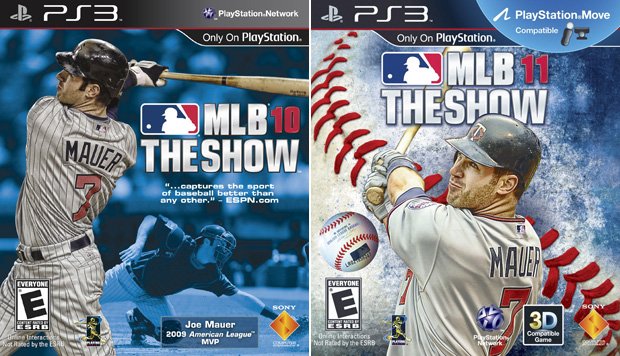
No conversation about cover athletes is complete without the obligatory mention of the Madden Curse, the statistically frightening notion that the football player lucky enough to land his helmeted face on the cover of the monster-selling NFL game is doomed to immediate injury. From Michael Vick to Shaun Alexander to last season’s Peyton Hillis, history doesn’t lie; the stats of these guys almost universally suffer the year they’re featured. While there have been a handful of positive outcomes, the overwhelming majority has been near-disastrous.
Looking back, 2K Sports nailed it with NBA 2K11, which went on to become one of the best-rated and best-selling sports games of all time. Thanks in large part to the appeal of Jordan and the focus on his career, it became much more than just a sports game – it transcended the gaming world and appealed to hundreds of thousands of people who would’ve otherwise never played it. And it all started with His Airness, front and center.
Richard Grisham has been obsessed with sports and video games since childhood, when he'd routinely create and track MicroLeague Baseball seasons on paper. He currently lives in New Jersey with his wife and four-year old son, who he'll soon be training to be an NFL placekicker. As a freelance journalist and writer, his work has appeared in GamesRadar, NGamer, and 1UP.


